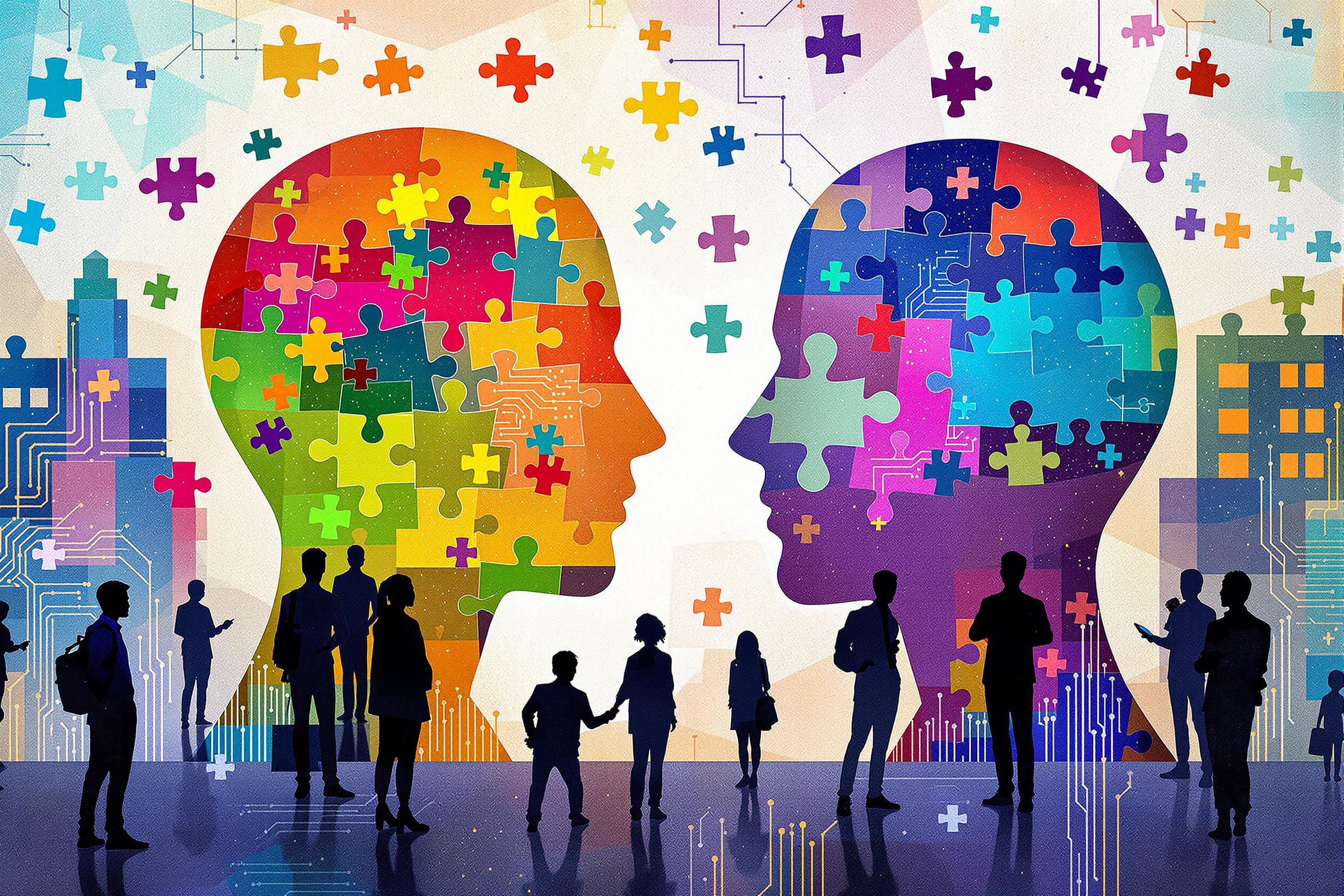
Adaptive Equipment
Adaptive Equipment refers to devices, tools, and modifications that help people with disabilities perform daily activities more independently. This includes everything from simple tools like specialized eating utensils to complex electronic devices that help with communication. Support workers and caregivers use these tools to help clients live more independently and participate more fully in daily activities. Similar terms include assistive technology, adaptive devices, or assistive devices. These tools can be used at home, work, school, or in community settings to support people with various physical, cognitive, or sensory disabilities.
Examples in Resumes
Trained staff in proper use of Adaptive Equipment for safe client transfers
Assessed clients' needs and recommended appropriate Adaptive Equipment solutions
Maintained inventory of Adaptive Equipment and Assistive Devices for 50+ clients
Coordinated with occupational therapists to implement Adaptive Technology programs
Typical job title: "Adaptive Equipment Specialists"
Also try searching for:
Where to Find Adaptive Equipment Specialists
Professional Organizations
Online Resources
Example Interview Questions
Senior Level Questions
Q: How would you develop and manage an adaptive equipment program for a large disability service organization?
Expected Answer: A senior professional should discuss budget management, staff training programs, maintenance schedules, assessment procedures, and relationships with vendors and repair services. They should also mention documentation systems and compliance with relevant regulations.
Q: How do you stay current with new adaptive equipment technologies and evaluate their potential benefit for clients?
Expected Answer: Should discuss attending industry conferences, maintaining professional certifications, networking with manufacturers, conducting product trials, and gathering client feedback. Should also mention cost-benefit analysis and implementation strategies.
Mid Level Questions
Q: How do you assess which adaptive equipment is most appropriate for a client?
Expected Answer: Should explain the process of evaluating client needs, abilities, and goals, consulting with healthcare professionals, considering environment and support system, and involving the client in decision-making.
Q: What is your process for training caregivers and family members on adaptive equipment use?
Expected Answer: Should describe developing training materials, hands-on demonstration techniques, safety protocols, troubleshooting common issues, and following up to ensure proper usage.
Junior Level Questions
Q: What are the basic categories of adaptive equipment and their uses?
Expected Answer: Should be able to describe common types like mobility aids, feeding equipment, bathroom safety devices, and communication aids, along with their basic functions and benefits.
Q: How do you ensure safety when using adaptive equipment with clients?
Expected Answer: Should discuss basic safety checks, following manufacturer guidelines, proper cleaning procedures, and knowing when to report maintenance issues.
Experience Level Indicators
Junior (0-2 years)
- Basic knowledge of common adaptive equipment
- Safety protocols and cleaning procedures
- Basic client assessment skills
- Documentation of equipment use
Mid (2-5 years)
- Complex equipment assessment and fitting
- Training development and delivery
- Equipment maintenance and troubleshooting
- Client and family education
Senior (5+ years)
- Program development and management
- Budget planning and vendor relations
- Staff training and supervision
- Complex case management
Red Flags to Watch For
- No hands-on experience with adaptive equipment
- Lack of knowledge about basic safety protocols
- No understanding of client assessment processes
- Poor communication skills with clients and families
- Unfamiliarity with disability rights and dignity concepts
Related Terms
Need more hiring wisdom? Check these out...

How to Choose the Right AI-Powered ATS for Your Company

Workforce Solutions Aggregators: The Next Big Thing You Didn't Know You Needed

ATS Benefits For Recruiters: A 2025 Guide to Smarter Hiring

